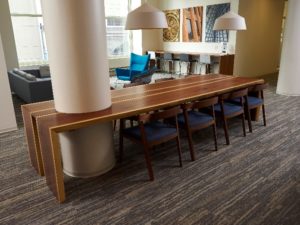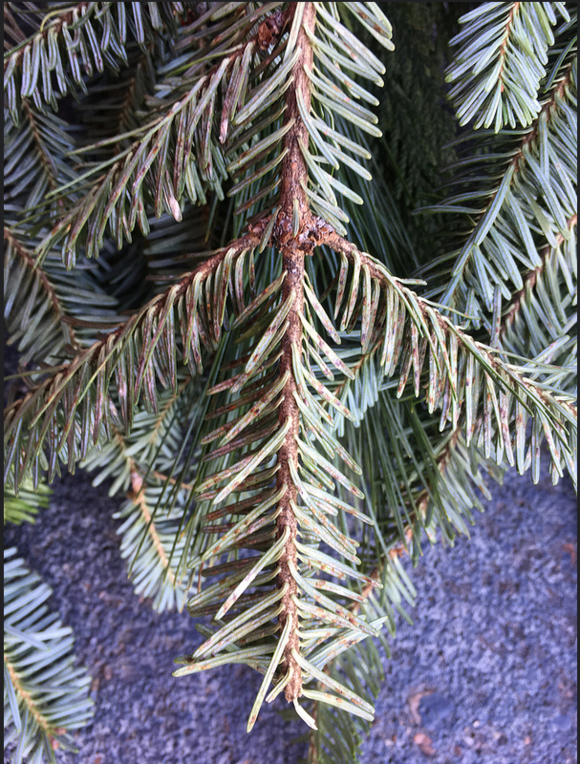By Collin Buntrock, Forest Products Team Leader
The Forest Products Services program recently worked with the Technology Services Section in the Division of Forestry to develop an interactive mapping tool highlighting Wisconsin’s primary wood-using mills.
The goal of the mapping tool is to facilitate better marketing of forest products by connecting value-added industries with Wisconsin’s primary mills and by assisting forest managers and loggers with identifying markets for harvested timber. Mill data can be refined by county, species processed, products utilized, and products sold and then downloaded for later reference.
Wisconsin’s primary forest products industry consists of firms that manufacture logs and pulpwood into wood and paper products. Specific examples include sawmills, veneer plants, pulp mills and firewood processors, as well as companies that manufacture products such as composite panels (e.g. oriented strand board, particleboard), shavings, utility poles, wood pellets, and log buildings.
Mill data featured in this tool is collected by Forest Products Services staff as part of the USDA Timber Product Output survey. The FPS program will refine this dataset beginning in early 2019. It should be noted that a subset of mills opted-out of the mill dataset. Therefore, you may be aware of additional mills that are not included in the mapping tool.
If you know of a business that would like to be included in this mapping tool, please send an email to a staff member on the Forest Products Services team and include their contact information, species and products utilized, and products produced.



